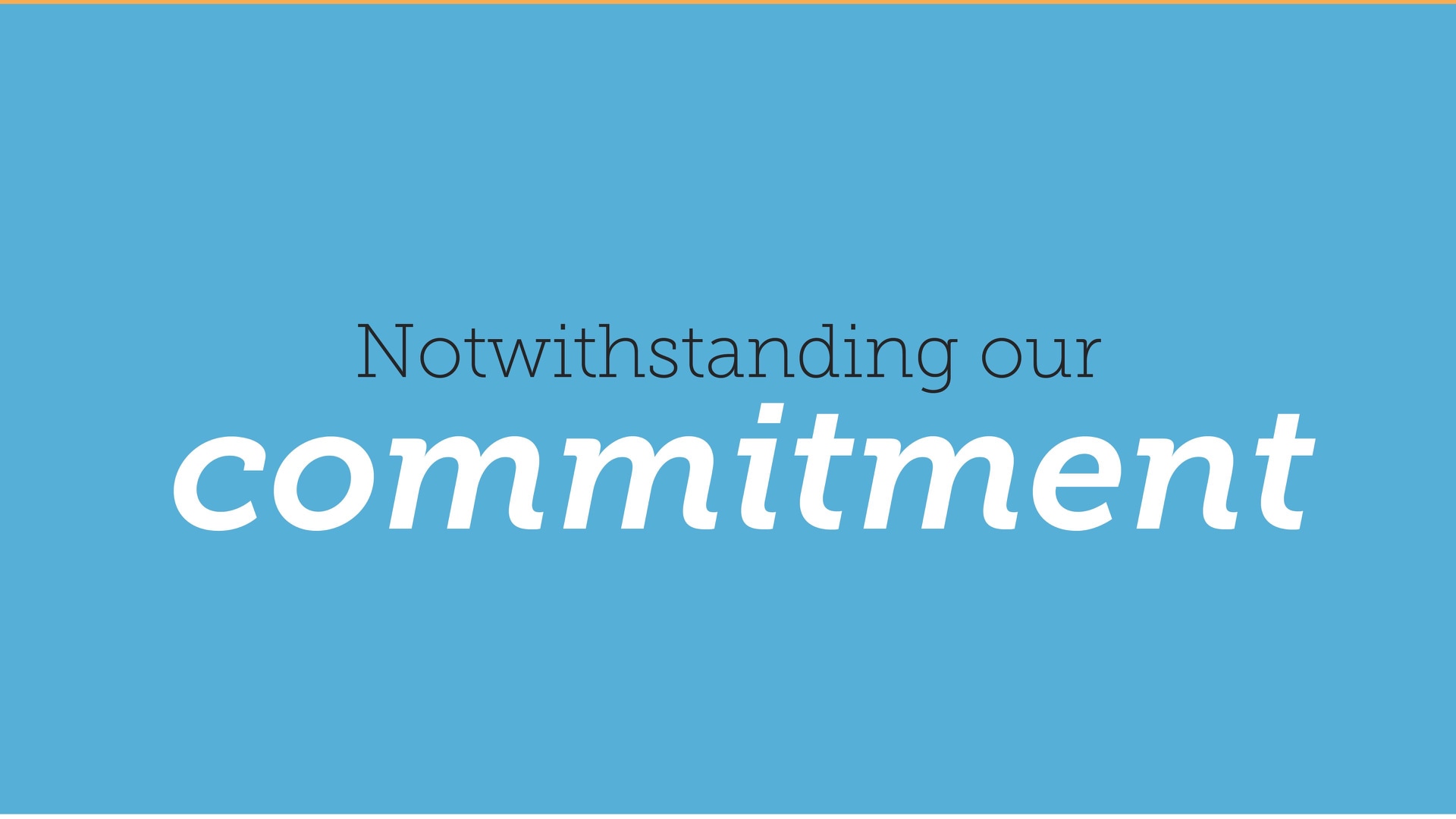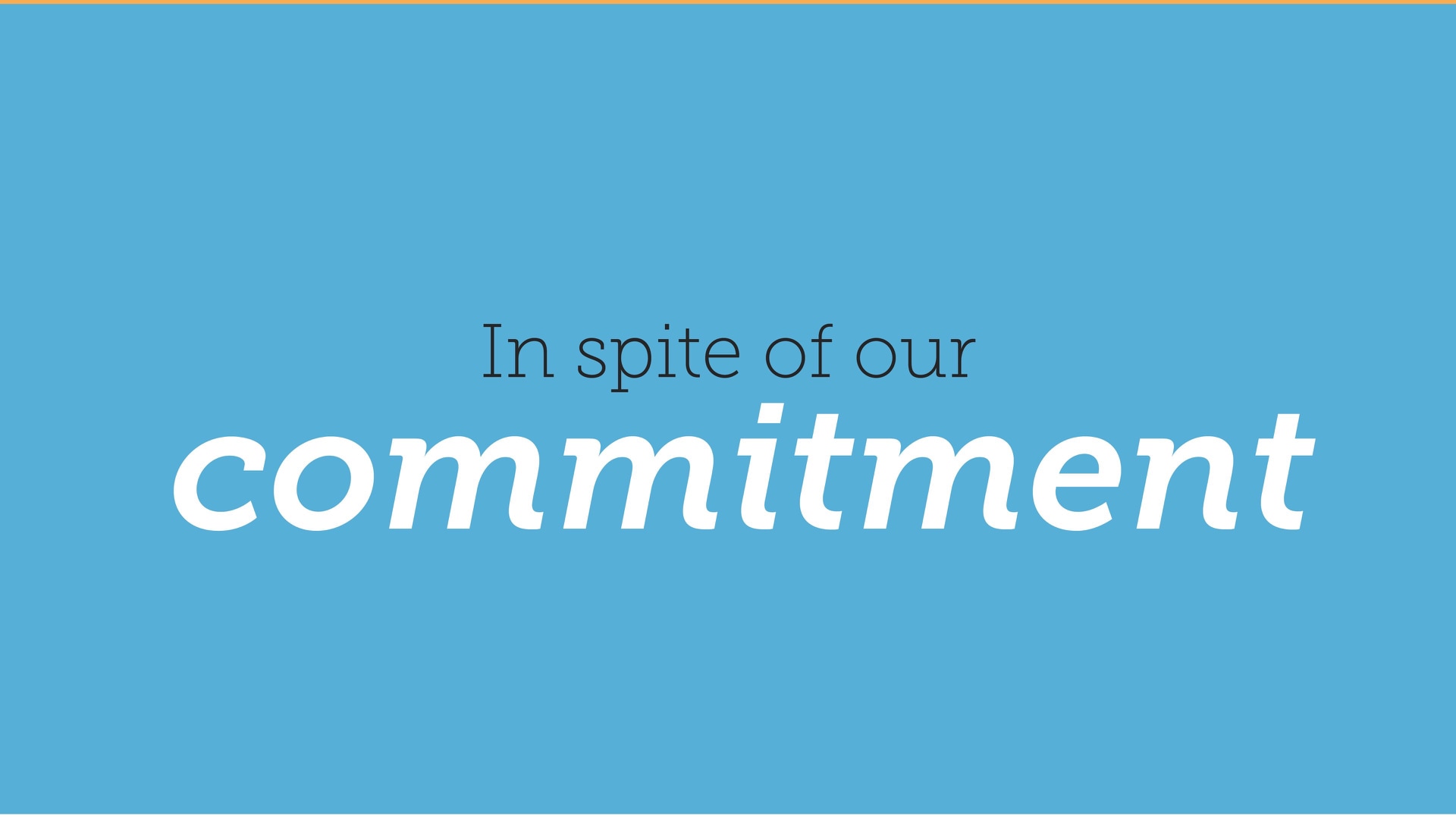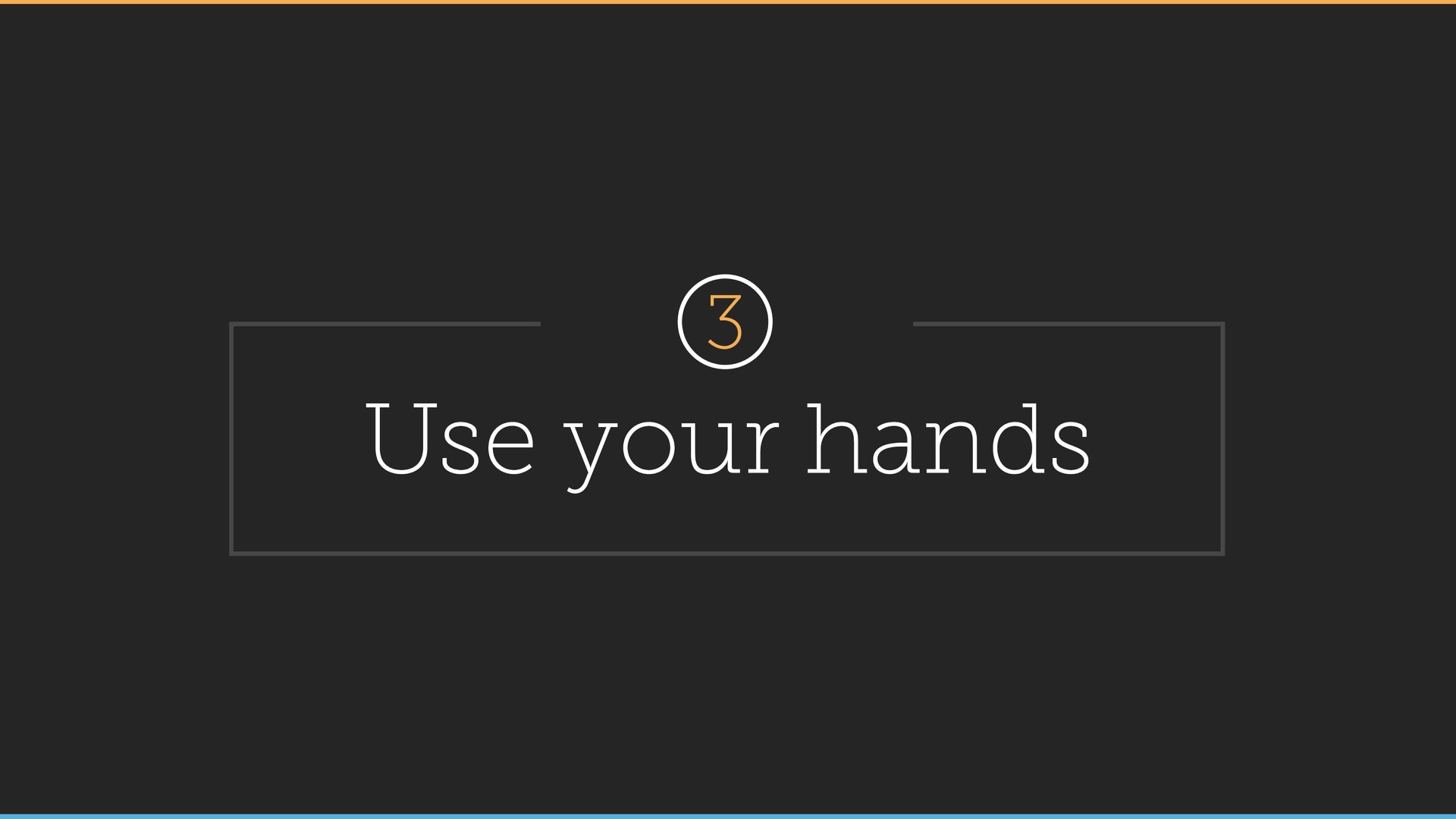If you need to build credibility for an idea, impress an audience, or develop your platform as a thought leader, delivering presentations from a stage, or via video, might just be your best bet for achieving your goal.
If you’re considering opting out of a verbal delivery of your message, and instead hoping to make a memorable impact by simply sending emails, writing eBooks, and/or publishing blog posts, you should seriously consider adding presentations to your communication plan.
According to the Harvard Business Review, here’s why it is important to use your voice to communicate important messages:
Although some people may assume that their ideas and intellect would come across much better in written form, it turns out that using your voice can make you sound smarter.
This insight comes out of our broader research investigating how people discern what’s going on in others’ minds despite the fundamental human inability to directly observe another’s thoughts, beliefs, or motivations. We’ve learned that spoken language is a highly effective tool for this. It’s the communication form that most clearly reveals not only what people are thinking but also their thinking ability.
Continuing, the Harvard Business Review article explains: Although there may be some advantages to putting thoughts in writing — it allows for revisions, for example — written passages lack critical paralinguistic cues that provide critical information about a speaker’s intelligence and thoughtfulness.
In summary, if you want to inspire, motivate, or connect with an audience, you should deliver your message using your voice, instead of written communication methods. Not only will you come across as more intelligent and passionate, but the audience will also be able to more effectively absorb the nuances of your personality and pitch.
So, the question remains, how can you use your presentations, whether delivered from a stage, via video, or during a virtual meeting, to sound and look intelligent and respectable? Here are a few tips to help you achieve that goal.
How To Look And Sound Smart During Business Presentations
In the video below, WSJ’s Sue Shellenbarger explains how to look and sound smart.
1. Simplify Your Language
To sound intelligent during your presentation, don’t use big words, if possible. Instead, remove unnecessary jargon, and simplify your language.
Daniel M. Oppenheimer, professor of psychology at the UCLA Anderson School of Management conducted a series of experiments to test how language can make one appear more or less intelligent. The general gist of the results of the studies is the ease of processing information is strongly associated with positive qualities such as confidence, intelligence, and capability, according to Fast Company.
For example, instead of saying, Notwithstanding our commitment, considering saying, In spite of our commitment. The second statement is easier to process, thus it will make you appear more confident, intelligent, and competent.



As I have reported before, in 2007 Steve Jobs, Bill Gates, and Michael Dell each delivered a presentation at the same conference. During their presentations, each spoke below a collegiate level. Jobs spoke at approximately a 5th grade level; Dell spoke at a 9th grade level; Gates spoke at a 10th grade level.
Between these three speakers, Jobs was ranked by the audience to be the most impactful speaker. Clearly Jobs has the ability to speak above a 5th grade level. His ability to simplify his big ideas however is a helpful tool when communicating to an audience at a conference. Follow in his footsteps and simplify your message so a 5th grader can comprehend all of your points.
2. Use Your Eyes And Posture Effectively
When people try to appear intelligent, they often make an effort to look at others while listening or speaking, as well as sit up straight, put on a serious face, and avoid certain gestures, such as touching their hair or face. Of these behaviors, only the first two actually make someone appear intelligent, according to studies. The other behaviors are neutral or negative factors when trying to connect with and impress an audience.
To increase your chances of appearing smart in front of your audience, look at the people to whom you are speaking or listening, and sit up straight.
3. Relax and Be Confident
In addition, take a few deep breaths to relax so your posture is still straight, but not rigid. Also, remember to display cues of confidence. For example, smile genuinely, thoughtfully manage your body language, and speak at a conversational pace.
Follow these few additional tips to relax and appear more confident:

1. Hold a power pose: During her popular TED Talk, “Your Body Language Shapes Who You Are,” social psychologist Amy Cuddy introduces the audience to power poses, a simple technique for lowering the stress hormone cortisol and raising testosterone, the confidence hormone.

2. Facial Feedback Hypothesis: To utilize the facial feedback hypothesis before your presentation, hold a pen horizontally in between your teeth to contract the muscles around your mouth and eyes. Studies prove this exercise creates a sense of happiness and confidence that an audience will be able to sense.

3. Relax, and use your hands: Research has shown that presenters are judged as more effective and competent when they make hand gestures compared with when they keep their hands still, according to The 4 Ways You Can Use Body Language To Influence Success by Christian Jarrett.
The bottom line: Let your confidence and relaxed mood take the reins during your presentation so you don’t try too hard to appear intelligent. If your anxiety about displaying competence leads the way, your audience will likely see right through your attempts at impression management, and consequently call your bluff in one way or another.
Conclusion:
To ensure your message is respected and valued, deliver it verbally instead of in written form. In addition, simplify your language, look at the audience, stand up straight, and most importantly, relax and be confident.
